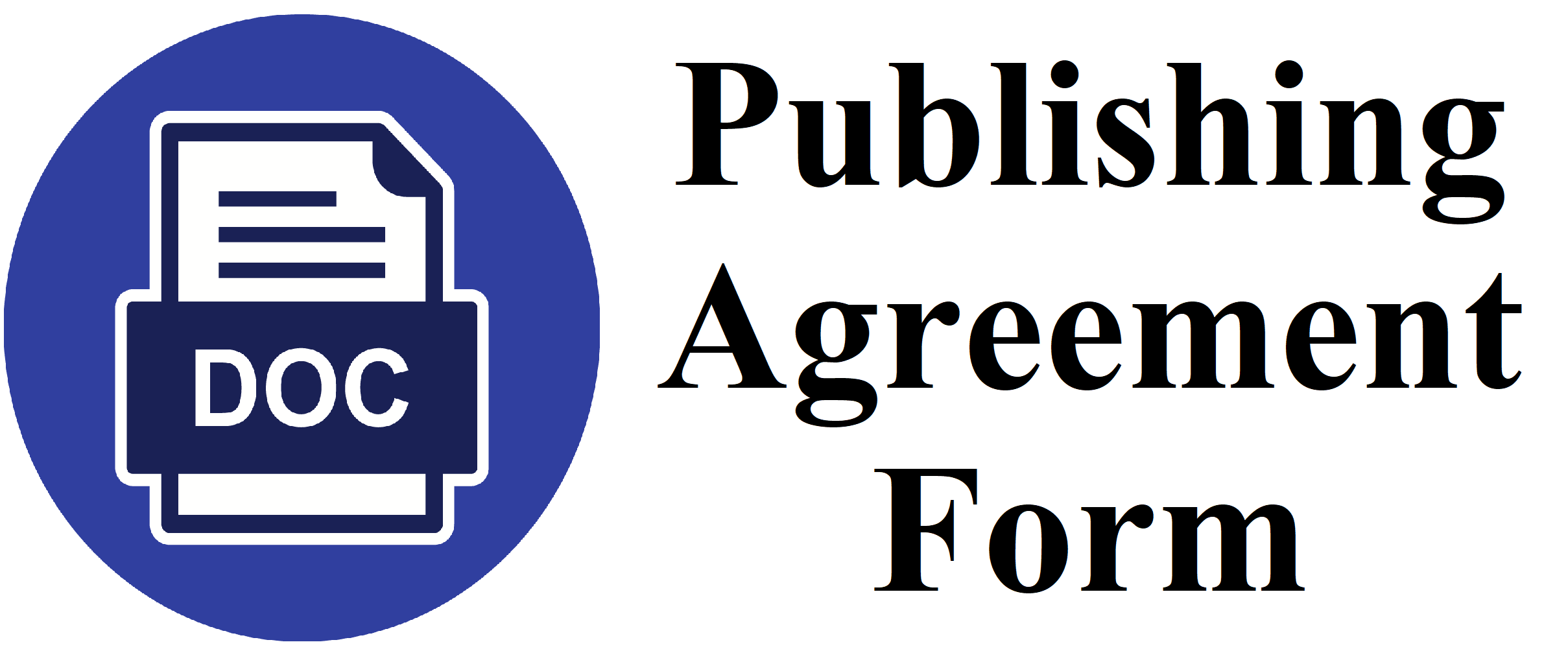Risk Factors of Very Severe Pneumonia Incidence in Children
DOI:
https://doi.org/10.36497/jri.v40i4.147Keywords:
Severity of Pneumonia, Very Severe, Risk FactorsAbstract
Background: Childhood pneumonia is a significant cause of mortality and morbidity in developing countries. About 7-13% of childhood pneumonia present with very severe pneumonia with a high risk of mortality. Identification of risk factors is necessary for early intervention and better management. Methods: Analytic observational study with a cross-sectional approach was conducted with subjects of pneumonia patients aged 2-59 months admitted in Respirology Ward and PICU Department of Pediatrics Dr. Soetomo Surabaya from January 2017 to December 2018. Results: A total of 253 were roled in this study. Group with very severe pneumonia are 140 patients and 113 patients with severe pneumonia. Independent risk factors were analysed by chi-square test and Continuity Correction. Independent risk factors that intluence the incidence of very severe pneumonia in infants and children are patient's age (PR=1.365;P=0.009;95% confidence interval (CI)=1.089-1.712), low birth weight (PR=1.380;P=0.010;95% CI=1.115-1,708), prematurity (PR=1,412;P=0.007;95% CI=1,141-1,747), exclusive breastfeeding (PR=1,434;P=0.007;95% CI=1,093-1,880), nutritional status (PR=2,412;P<0.001;95% CI=1.832-3.176), comorbid factors (PR=1.902;P<0.001; 95% CI=1.485-2.435) and suspected bacterial causative agents (PR=1.952;P<0.001;95% CI=1.578-2,415). Conclusions: Patient's age, prematurity, low birth weight, nutritional status, exclusive breastfeeding, comorbid factors and suspected bacterial causative agents are independent risk factors that influence the incidence of very severe pneumonia in children.Downloads
References
Rudan I, Boschi-Pinto C, Biloglav Z, Mulholland K, Campbell H. Epidemiology and etiology of childhood pneumonia. Bull World Health Organ. 2008;86:408-16.
World Health Organization. Pocket book of hospital care for children. Guidelines for the management of common illness. Geneva: WHO Press. 2013. p 75-86.
Kementerian Kesehatan Republik Indonesia. Pedoman tatalaksana pneumonia balita. Jakarta: Direktorat Jenderal Pengendalian Penyakit dan Penyehatan Lingkungan. 2015. p. 1-62.
Onyango D, Kikuvi G, Amukoye E, Omolo J. Risk factors of severe pneumonia among children aged 2-59 months in western Kenya: a case control study. Pan Afr Med J. 2012;13:45.
Rao M, Kumar R, Deepti B. The clinical profile of severe pneumonia and study if the role of risk factors associated with severe pneumonia in children aged between 6 months to 5 years. Sch J App Med Sci. 2017;5(8D):3238-47.
Moreno L, Krishnan JA, Duran P, Ferrero F. Development and validation of a clinical prediction rule to distinguish bacterial from viral pneumonia in children. Pediatr Pulmonol. 2006;41(4):331-7.
Saha S, Hasan M, Kim L, Farrar JL, Hossain B, Islam M, et al. Epidemiology and risk factors for pneumonia severity and mortality in Bangladeshi children <5 years of age before 10-valent pneumococcal conjugate vaccine introduction. BMC Public Health. 2016;16(1):1233.
Hemagiri K, Sameena A, Aravind K, Wahid K, Vasanta S. Risk factors for severe pneumonia in under five children – A hospital based study. Int J Res Heal Sci. 2014;2(1):47-57.
Jackson S, Mathews KH, Pulanic D, Falconer R, Rudan I, Campbell H, et al. Risk factors for severe acute lower respiratory infections in children: a systematic review and meta-analysis. Croat Med J. 2013;54(2):110-21.
Nguyen TKP, Tran TH, Roberts CL, Fox GJ, Graham SM, Marais BJ. Risk factors for child pneumonia - focus on the Western Pacific Region. Paediatr Respir Rev. 2017;21:95-101.
Jroundi I, Mahraoui C, Benmessaoud R, Moraleda C, Tligui H, Seffar M, et al. Risk factors for a poor outcome among children admitted with clinically severe pneumonia to a university hospital in Rabat, Morocco. Int J Infect Dis. 2014;28:164-70.
Azab SFAH, Sherief LM, Saleh SH, Elsaeed WF, Elshafie MA, Abdelsalam SM. Impact of the socioeconomic status on the severity and outcome of community-acquired pneumonia among Egyptian children: a cohort study. Infect Dis Poverty. 2014;3:14.
Murtagh P, Cerqueiro C, Halac A, Avila M, Salomón H, Weissenbacher M. Acute lower respiratory infection in Argentinian children: a 40 month clinical and epidemiological study. Pediatr Pulmonol. 1993;16(1):1-8.
Sonego M, Pellegrin MC, Becker G, Lazzerini M. Risk factors for mortality from acute lower respiratory infections (ALRI) in children under five years of age in low and middle-income countries: a systematic review and meta-analysis of observational studies. PLoS One. 2015;10(1):e0116380.
Badan Pusat Statistik. Kebutuhan hidup minimum/layak selama sebulan. 2017 [cited 2020 Jan 14]. Available from: http:://www.bps.go.id/LinkTableDinamis/view/id/1212.
Fonseca Lima EJ da, Mello MJG, Albuquerque M de FPM de, Lopes MIL, Serra GHC, Lima DEP, et al. Risk factors for community-acquired pneumonia in children under five years of age in the post-pneumococcal conjugate vaccine era in Brazil: a case control study. BMC Pediatr. 2016;16(1):157.
Chen E, Martin AD, Matthews KA. Trajectories of socioeconomic status across children’s lifetime predict health. Pediatrics. 2007;120(2):e297-303.
Huang CY, Chang L, Liu CC, Huang YC, Chang LY, Huang YC, et al. Risk factors of progressive community-acquired pneumonia in hospitalized children: a prospective study. J Microbiol Immunol Infect. 2015;48(1):36-42.
Nohynek H, Madhi S, Grijalva CG. Childhood bacterial respiratory diseases: past, present, and future. Pediatr Infect Dis J. 2009;28(10 Suppl):S127-32.
Downloads
Published
Issue
Section
License
- The authors own the copyright of published articles. Nevertheless, Jurnal Respirologi Indonesia has the first-to-publish license for the publication material.
- Jurnal Respirologi Indonesia has the right to archive, change the format and republish published articles by presenting the authors’ names.
- Articles are published electronically for open access and online for educational, research, and archiving purposes. Jurnal Respirologi Indonesia is not responsible for any copyright issues that might emerge from using any article except for the previous three purposes.
















